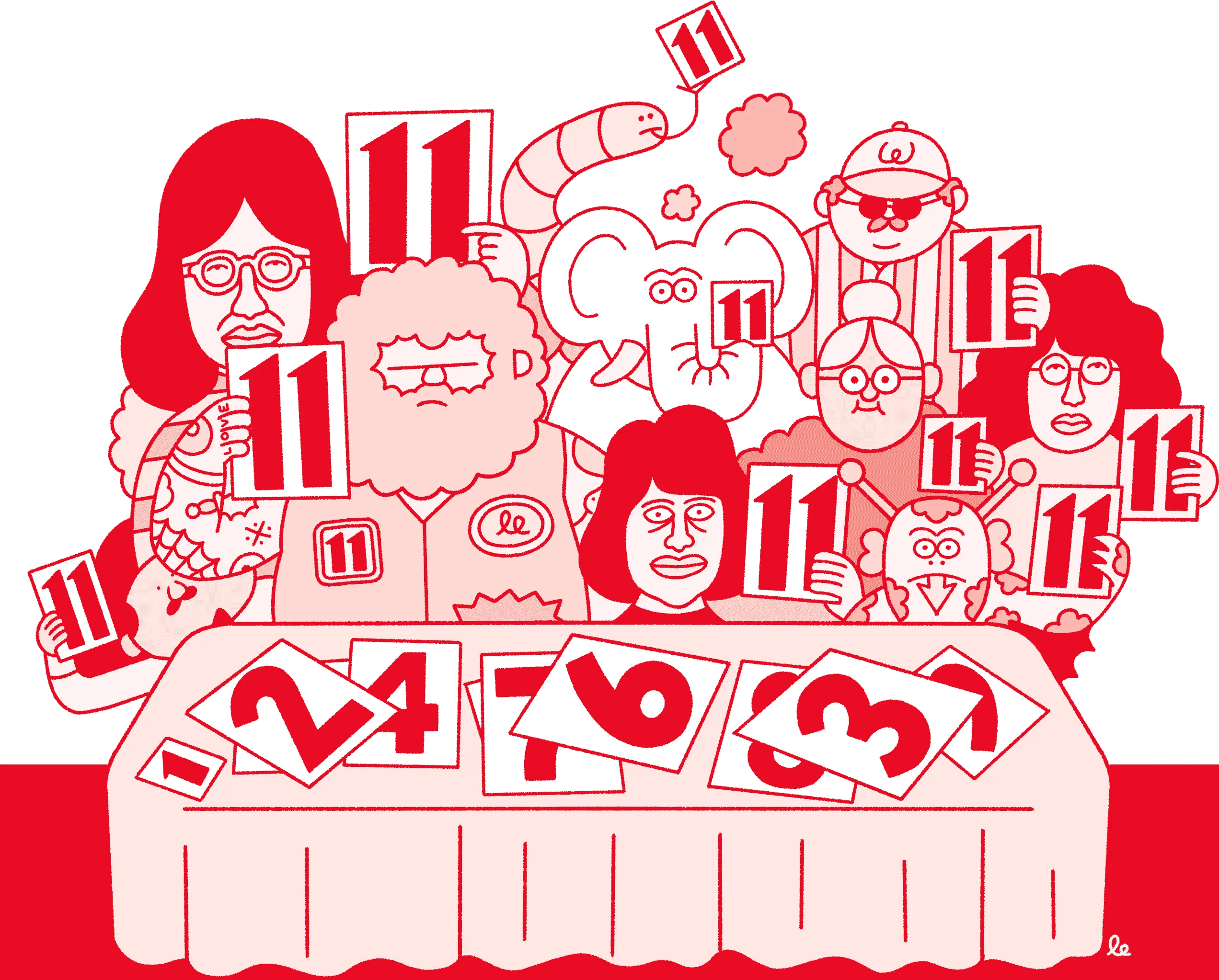The stuff between
Posted:
Simply put, your service business in its most raw form look something like this:
- Stuff → Lead;
- Lead → stuff → Signed contract;
- Signed contract → stuff → Start;
- Start → stuff → Complete;
- Complete → stuff → Aftercare.
And there’s a level of automation and organization and reporting to figure out in the ‘stuff zones’ until there’s nothing left to call stuff.
You see, it’s the stuff zones that make your company your company and where you become more memorable, scalable, profitable, sellable, etc.
Finding the opportunities
Let’s consider a simple exercise where we choose one of the low hanging fruits tasks between Signed contract and Start and what we can do with it.
We pull out our handy stopwatch and time the task that we are focusing on and realize that it takes 10 minutes on average per.
Then we confirm that we do this task 500 times per year.
Basic rounded math says that: 500 occurrences * 10 minutes = 5,000 minutes / 60 minutes = 80 hours * our $200 hourly rate = $16,000 per year spent on this particular task (and that does not include context switching or other abstract costs).
We automate the task.
The compounding effect
Assuming our business either stays the same size forever or grows, we save a minimum of $16,000 per year or 80 hours per year (plus the abstract savings), however you want to look at it.
When you automate the right things, you free up capacity for higher-value work. This is a key profit lever (reducing operating expenses while maintaining and improving quality).
What should we do with all of this extra time and/or money to make our business better?
Perhaps roll it into doing this same exercise for another task. Snowball!
And so on.
Oh, and did I mention that there’s also a bunch of customer experiences to be improved in the stuff zones?
Process, experience, process, experience, etc. for everything until there’s nothing else categorized as stuff and your business is exponentially better than it was before. Somewhere I heard (or read) that the gift of solving a problem is that you get a new problem to solve. That’s the magic bullet (but it’s definitely not magic and it’s much slower than a bullet).
Want help identifying and optimizing your stuff zones? Let’s talk about where your business is losing time and money.
Like this? Get email updates or grab the RSS feed.
More from the blog:
-
The missiles are the destination
One of my uncommon enjoyments is the work that happens right in the middle of a big problem that needs to be solved, or even a nosedive. A calmness kicks in, the path gets clearer and I can usually tunnel vision my way through to course correction. I used to think this was spec…
-
Fall back
What creative studios and dev shops (and probably everyone else, too) need to do to stay relevant in the AI era without becoming commoditized slop. What’s covered: Your people are your moat · Easy to do, hard to be the best · Quality and simplicity · Never look to others · Don…
-
On getting paid faster
These five cashflow levers are arguably the quickest, easiest wins when optimizing your service business. Frequency of online payment deposits Update your online payment system to deposit into your bank account daily instead of weekly. Or whatever the quickest interval availab…
-
Reading between the lines
There’s a lot to learn in a professional services business between the day you open your doors and the day you sell or retire or whatever it is you do next. And there are a million different angles you can take to improve the future based on the past. Here is a line graph of my…
-
Zero busy work
AI has given us a lot of things. When used incorrectly, your brain turns to mush. When used correctly, it frees you to be original, strategic and creative. Something I’ve been thinking a lot about lately is the idea of zero busy work. This isn’t just about productivity, but abo…
